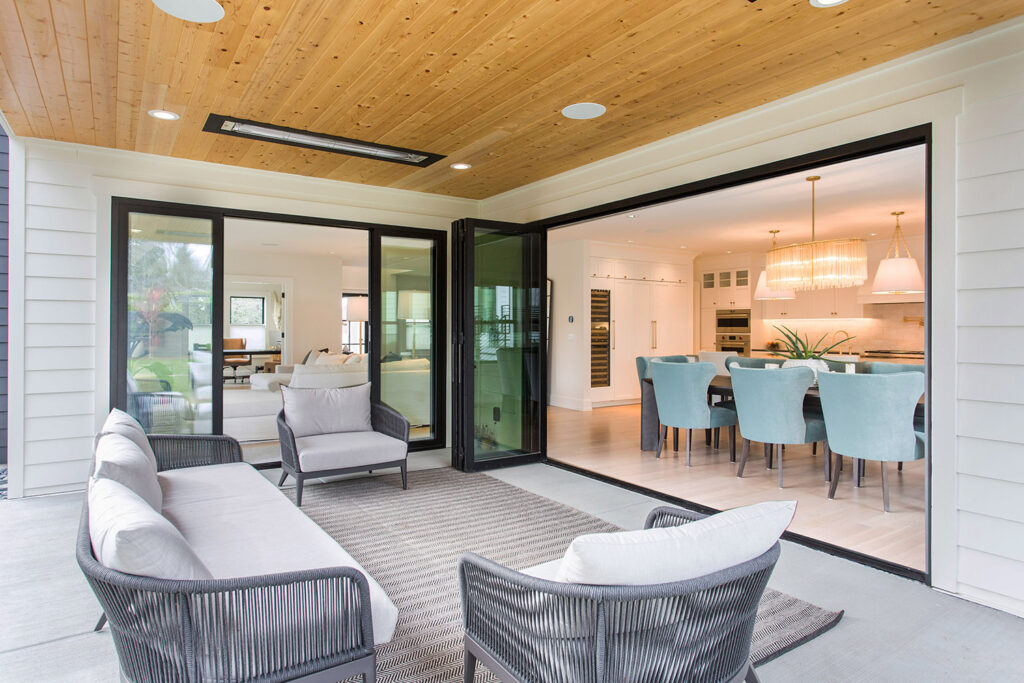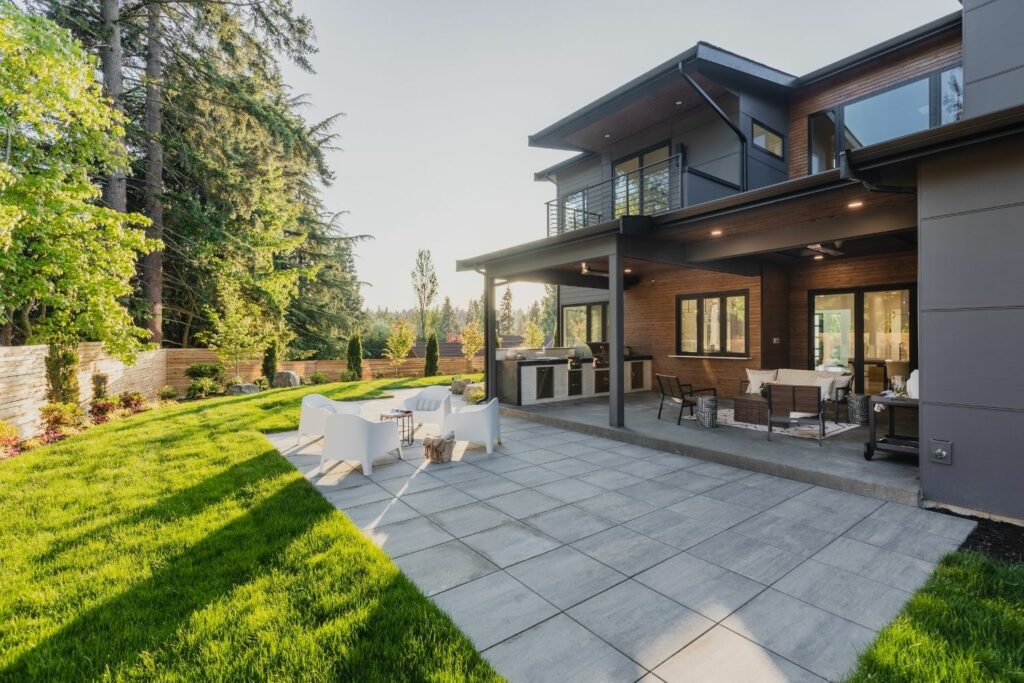As technology continues to evolve at a rapid pace, the concept of smart homes has transitioned from a futuristic novelty to an integral part of modern living. With each passing year, advancements in IoT (Internet of Things), AI (Artificial Intelligence), and connectivity have propelled smart home design to new heights. As we step into 2024, let’s explore some predictions for the future of smart home design and what innovations may be on the horizon.
Integration of AI and Machine Learning
In 2024, we can expect to see a deeper integration of AI and machine learning algorithms into smart home systems. These technologies will enable homes to become more intuitive and adaptive, learning from occupants’ behaviors and preferences to automate tasks and enhance comfort. From personalized climate control to predictive maintenance of appliances, AI will play a central role in optimizing smart home functionality.
Enhanced Energy Efficiency
With a growing emphasis on sustainability and energy conservation, smart homes in 2024 will feature increasingly sophisticated energy management systems. Predictive analytics and real-time monitoring will allow homeowners to optimize energy usage, reducing waste and lowering utility bills. Integration with renewable energy sources such as solar panels and energy storage systems will further enhance the eco-friendliness of smart homes.

Expanded IoT Ecosystem
The IoT ecosystem will continue to expand in 2024, with more devices and appliances becoming interconnected and interoperable. From smart refrigerators that can automatically order groceries to intelligent home security systems that integrate with smart locks and cameras, the possibilities for interconnected smart home devices are virtually limitless. This expansion will offer homeowners greater convenience, efficiency, and peace of mind.
Focus on Health and Wellness
As the importance of health and wellness gains prominence, smart homes will increasingly incorporate features designed to promote well-being. From air quality monitoring and purification systems to smart lighting that supports circadian rhythms, smart home design in 2024 will prioritize creating environments that foster health and vitality. Integration with wearable devices and health tracking platforms will enable homeowners to seamlessly monitor and manage their wellness within the comfort of their own homes.

Seamless Connectivity and Control
In 2024, smart home design will prioritize seamless connectivity and control, allowing homeowners to effortlessly manage their homes from anywhere, at any time. Advanced smartphone apps, voice assistants, and AI-powered interfaces will provide intuitive control over smart home devices, enabling users to customize settings, schedule tasks, and receive real-time alerts with ease. Additionally, advancements in network technology such as 5G and Wi-Fi 6 will ensure reliable connectivity and low-latency communication between devices.
Personalization and Customization
Recognizing that every homeowner has unique preferences and lifestyle requirements, smart home design in 2024 will prioritize personalization and customization. AI-driven algorithms will analyze data on occupants’ habits, preferences, and routines to tailor smart home settings and automations to individual needs. From adjusting lighting and temperature preferences to scheduling automated routines based on daily activities, smart homes will become increasingly personalized to enhance comfort and convenience.
In conclusion, the future of smart home design in 2024 holds exciting possibilities, with advancements in AI, IoT, and connectivity reshaping the way we interact with our living spaces. From enhanced energy efficiency and expanded IoT ecosystems to personalized health and wellness features, smart homes will continue to evolve to meet the changing needs and expectations of homeowners. As technology continues to advance, the smart homes of tomorrow will not only offer greater convenience and efficiency but also contribute to creating healthier, more sustainable living environments for all.
